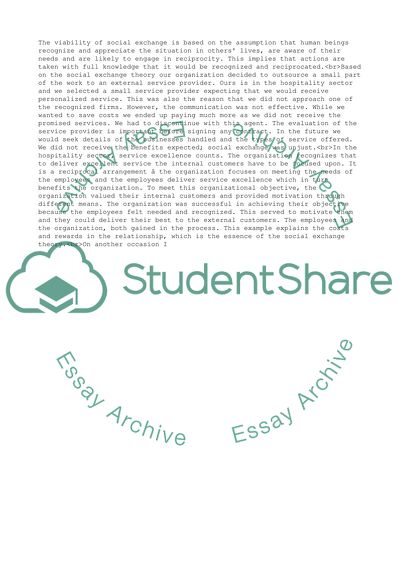Cite this document
(Communication Theories Essay Example | Topics and Well Written Essays - 1750 words, n.d.)
Communication Theories Essay Example | Topics and Well Written Essays - 1750 words. https://studentshare.org/journalism-communication/1764701-communication-theories
Communication Theories Essay Example | Topics and Well Written Essays - 1750 words. https://studentshare.org/journalism-communication/1764701-communication-theories
(Communication Theories Essay Example | Topics and Well Written Essays - 1750 Words)
Communication Theories Essay Example | Topics and Well Written Essays - 1750 Words. https://studentshare.org/journalism-communication/1764701-communication-theories.
Communication Theories Essay Example | Topics and Well Written Essays - 1750 Words. https://studentshare.org/journalism-communication/1764701-communication-theories.
“Communication Theories Essay Example | Topics and Well Written Essays - 1750 Words”. https://studentshare.org/journalism-communication/1764701-communication-theories.


